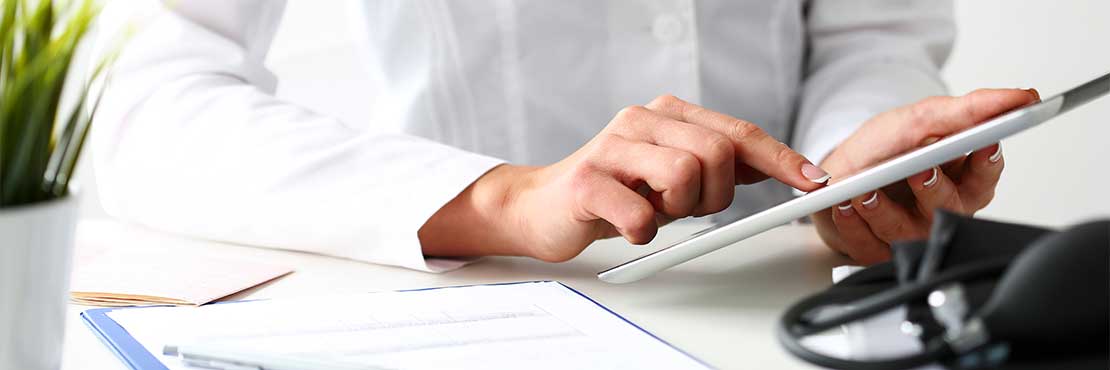5 ways mobile messaging can help the healthcare sector during the COVID-19 pandemic.
The COVID-19 pandemic has put the healthcare sector under tremendous pressure, with doctors, nurses and healthcare professionals putting their lives on the line to protect everyone from the coronavirus.
There are many changes to the healthcare services during this time. New policies and procedures are implemented often with very short notice as a reactive measure to keep everyone safe. Effective communication plays an even more significant role than ever in the current situation. Here we put together 5 ways how mobile messaging can help the healthcare sector during the current pandemic.
Critical message alerts
If there’s anything we’re sure of so far with the COVID-19 pandemic, it is how quickly things change, and the importance of being able to react swiftly accordingly.
From clinic closure due to a positive case, to notifying staff and patients of the need to isolate because of close contact, the timing of these messages being received and acted upon can have a significant impact on the wider community.
Whether it is communicating with your staff, the patients, the residents or their family members, the ability to reach them fast and in the shortest possible time is crucial, and SMS is the perfect channel in such instances. It works on any model of handset and doesn’t require any internet connection. With 94% open rate and 90% of messages being read within 3 minutes, healthcare and aged care providers can rest assured that the critical messages will reach the recipients in a timely manner.
Rostering or filling up shifts
There’s unprecedented demands on healthcare workers now. From the increasing number of patients to the expansion of coronavirus testing, more than 40,000 retired nurses, doctors, midwives and pharmacists are urged to rejoin the medical workforce (source). Adding to the complexity of the high risk of infection of frontline workers, rostering and shift filling is even more challenging than before.
SMS can be a big help here. Instead of having the administration staff calling one staff member after another, a SMS can be sent to all staff at once and whoever replies first can get the shift, saving hours of phone time.
To make it even more efficient, think about organising your staff members into different contact groups according to their skill sets, availability on different dates or times, locations etc so that group texting can be used to message those that are relevant in just a few clicks.
Keeping healthcare worker engaged and happy
It is a very stressful time for healthcare and aged care workers; while there are many initiatives from the communities to support the frontline workers (source), as the employer it is vital that you keep your staff engaged and let them know their efforts are appreciated.
From improving work performance to reducing the sense of isolation, researchers have proven how powerful SMS can be in keeping healthcare workers happy and engaged, which is something that is more important now than ever.
Inform patients and visitors for changes of policies
From changes of visiting hours, limitations on the number of people and duration of visits to special cautionary measures, there have been many changes on hospital and aged care facilities’ visitor policies aiming to protect patients and residents from the coronavirus.
Most of the time these changes are implemented with very short notice, and SMS becomes the best channel to communicate the most up to date policies to all staff members, visitors and families to ensure everyone is well-informed.
The added ability to attach a PDF file to the SMS message also means that healthcare and aged care facilities can maintain the formality of an official document and communicate detailed and complicated messages, while still benefiting from the fast and wide reach of SMS.
Changes on appointment and mode of delivery
As we move through the different stages of the pandemic and social distancing order, the availability of different healthcare services changes too. From universal telehealth availability to the suspension of non-urgent elective surgeries, it is important to let all your patients know what the implications are for their appointments, and more importantly, what kind of services can you provide and how the services will be delivered going forward.
SMS Landing Pages are the perfect tool for this kind of message. Still delivered via SMS, healthcare providers are able to include images, logos, detailed personalised messages explaining any changes on services, and call-to-action buttons to direct recipients to take further action.
The different types of call-to-action buttons are particularly useful in such instances. Whether it is to insert a simple URL to direct recipients to the appointment booking platform to change their bookings; utilising the “add to calendar” function to add appointments to recipients’ device calendars to reduce missed appointments; or using the “location button” to help recipients locate the address of the facility should there be any changes.
To find out how our SMS solutions and other mobile messaging tools can help your organisation during this challenging time, please get in touch with us on 1300 764 946 or email [email protected].

